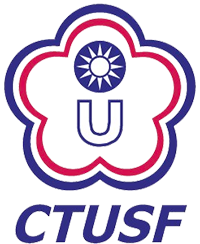Sports Research Review No. 133
Author:Chung-Da Lee
Period/Date/Page:No. 133 (2015 / 06 / 30) , P38 - 45
DOI:10.6162/SRR.2015.133.06
Biological Mechanism Underpinning the Benefits of Traditional Tai Chi Movement
Abstract:Considerable research in recent decades has been devoted to attempts to establish the efficacy of Tai Chi (TC) in addressing a range of health issues. However, a systematic review of the research reveals a serious lack of inquiry into the biological mechanisms underlying these asserted benefits, rendering the results unconvincing. This paper attempts to address that gap in the research of traditional TC exercise, and provide an innovative theoretical framework drawing on the principles of hierarchical biotensegrity and mechanotransduction. These principles are brought to bear on an examination the biological mechanisms underlying TC, detailing the synergistic benefits achieved through the forces of torsion and tension (traditionally known as chán sī lì "silkreeling force"). The biological effects of TC involve a process of mechanotransduction resulting from changes in the tone of the musculoskeletal structure and subsequent extracellular matrix tensile deformation. Cells respond to this mechanical stimulus through changes in their electro-chemical activity, as signals are transmitted through integrin across cell membrane into cytoskeleton and nucleus to produce changes in cellular shape and function. The innovative theoretical framework derived from this study may also provide a platform for the teaching of and research into TC exercise and its relation to health. In the future, it is recommended that more systematic clinical research verifying the efficacy of TC movement should be carried out. (Full text)



